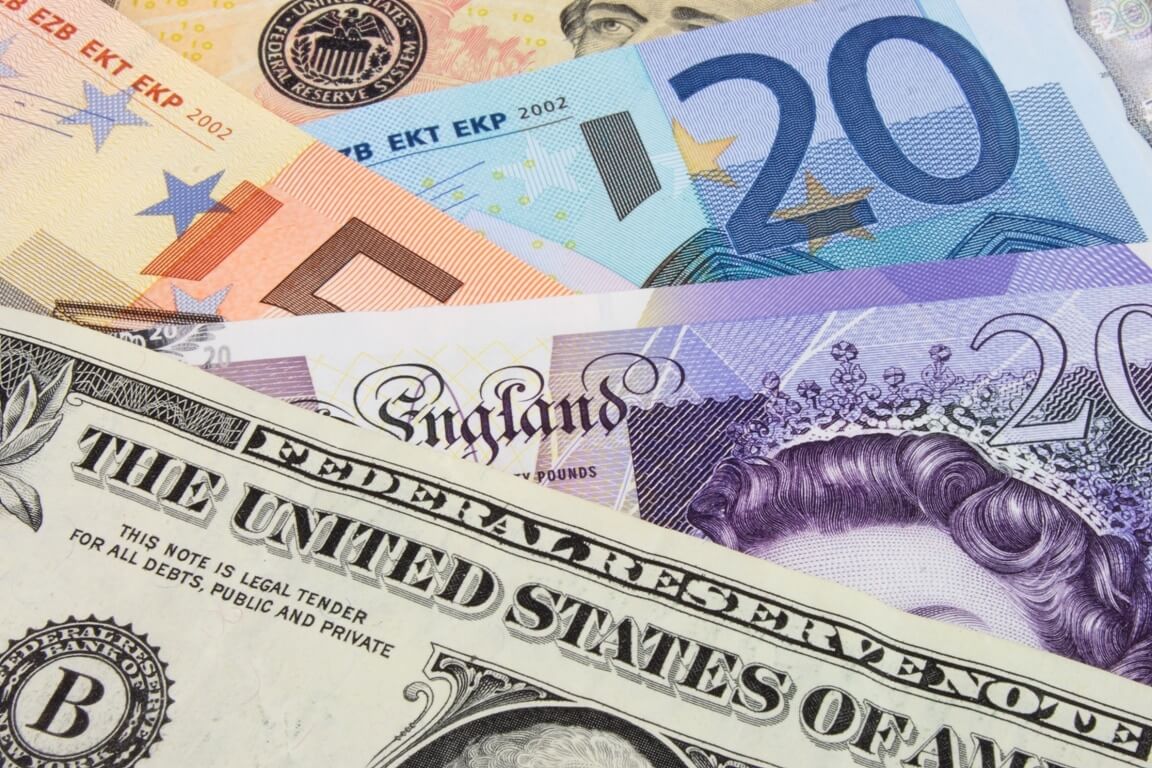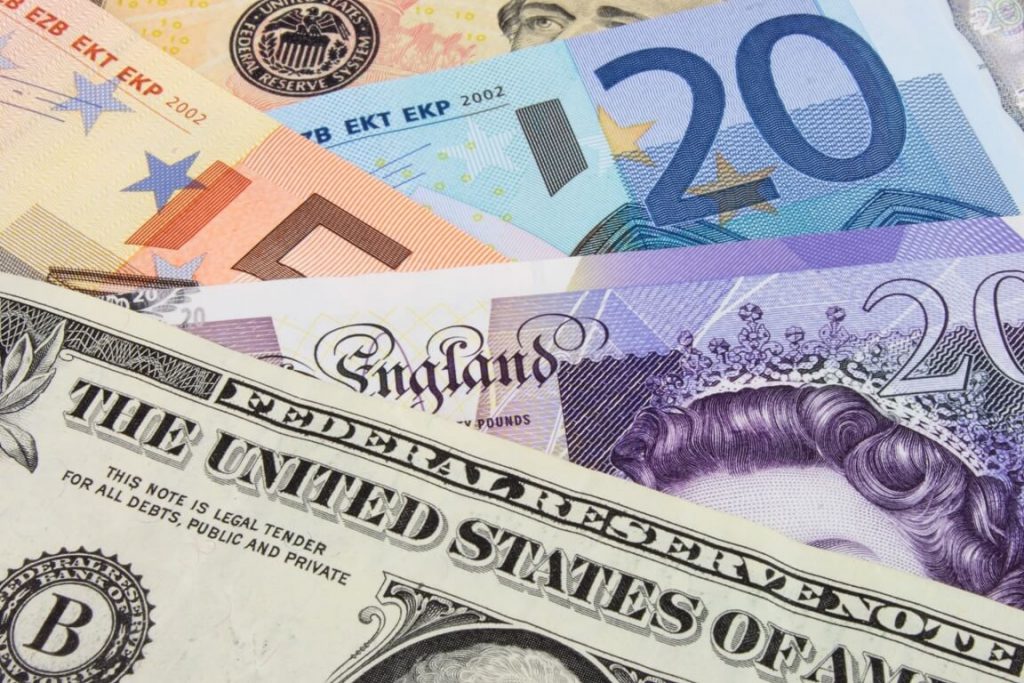
The U.S. dollar sank to its lowest
On Monday, the U.S. dollar fell to its lowest level in more than six weeks against the Japanese yen as speculators increased their bets that aggressive Federal Reserve monetary policies will tip the country into a recession.
With classic recession indicators like yield curve spreads approaching their lowest levels this year, bettors have recently increased their wagers that U.S. interest rates will peak by the end of 2022.
With China’s official measure of manufacturing activity dropping in July as new viral outbreaks weighed on demand, and German retail sales suffering their largest year-on-year drop since 1994, the mood in early London trade was distinctly cautious.
The dollar fell to 132.01 yen, its lowest level against the yen since mid-June, down more than 5% from a late 1998 record of nearly 140 yen last month.
The dollar index against its peers fell 0.5 percent to 105.39, well shy of an early July low, as traders reduced their long dollar bets.
Markets are currently at odds with central banks over their efforts to rapidly raise interest rates to rein in inflation, with markets more confident that central banks would be forced to quit their inflation pursuit due to imminent recession risks.
The yield spread between 10-year U.S. Treasuries and similar Japanese notes remained near its narrowest over four months, hovering at about 245 basis points.
Data tossed the dollar in both directions at the end of last week.
It rose initially after the personal consumption expenditures price index showed the fastest inflation since 2005, only to fall after the final University of Michigan report.
Friday’s monthly U.S. jobs data will be the main economic focus this week.
The euro was 0.4 percent higher at $1.0259, maintaining its recent stability towards the middle of its range.


